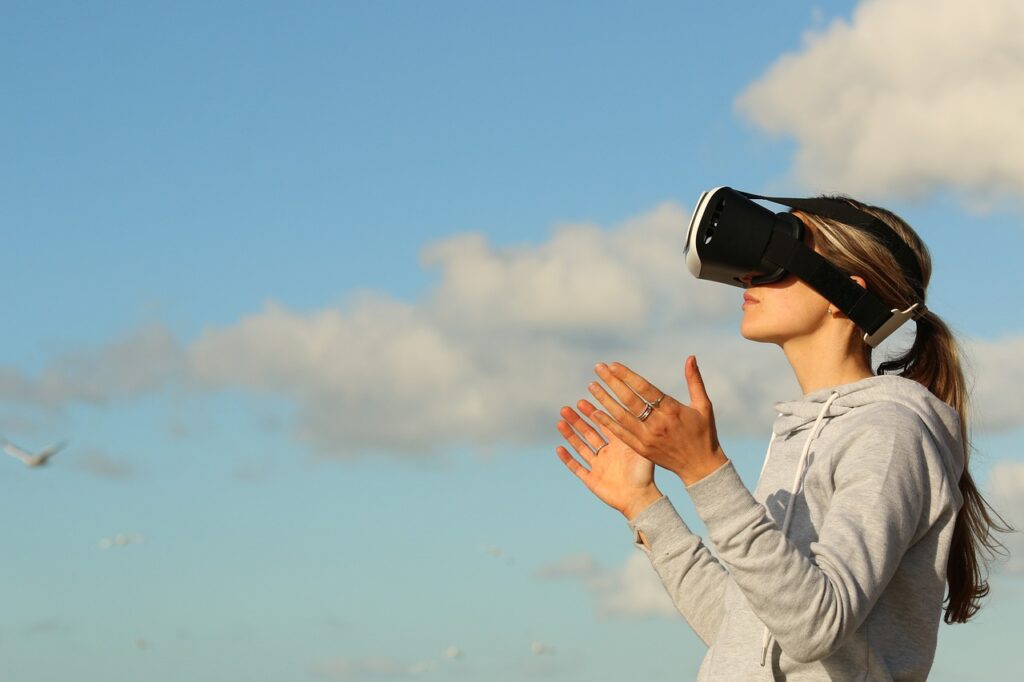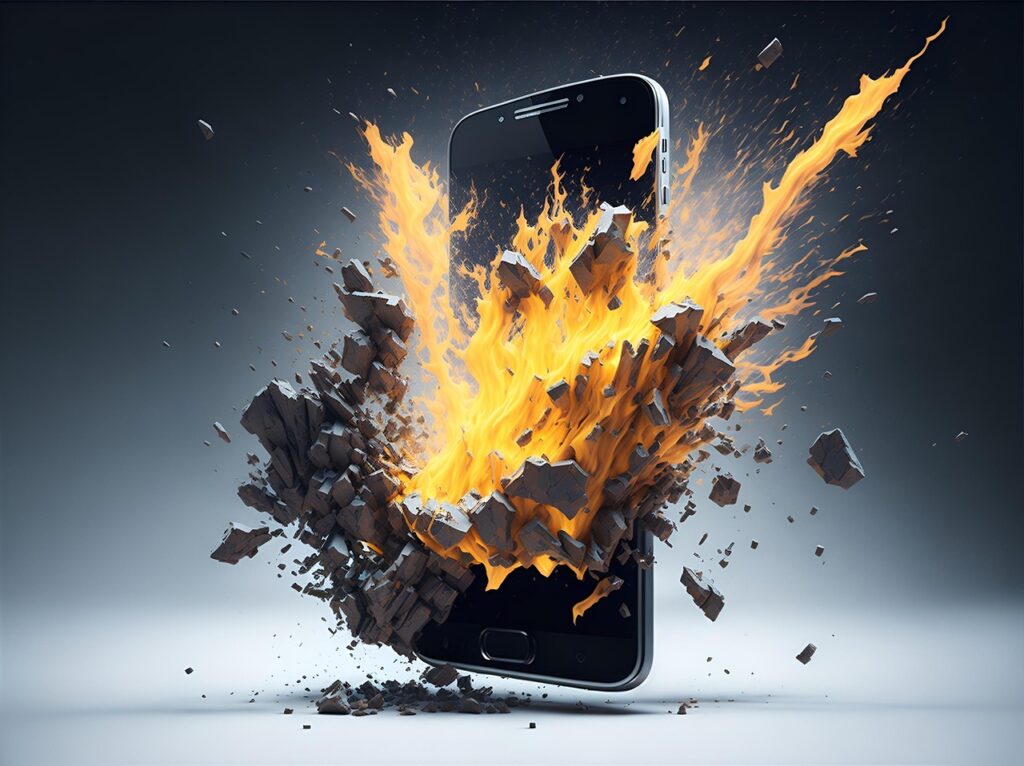When struggling with the effects of anxiety and PTSD, it can be incredibly difficult to face your fears in a way that is both safe and productive for healing. A major tenet of therapy for addressing these issues tends to include immersion therapy, which requires an individual to put themselves in a situation that may trigger their anxiety and trauma response. Healthcare professionals are routinely familiarizing themselves with ways to help their patients tackle their fears head-on without triggering mental or physical harm.
New technological developments have made way for a more modern therapy technique aimed at folks who are looking for a more accessible form of immersion therapy. Virtual Reality Therapy (VRT) is making waves and can easily be a go-to technique that many therapists employ for anxiety and PTSD treatment. We’ll explore VRT and examine why this option may be a preferable treatment for folks across the globe.
The Effects of Technology on Therapy Treatment
It’s clear that digitalization is making a big impact on healthcare. In-person healthcare appointments are an inaccessible option for some, barring them from the care they need to resolve physical and mental health concerns. A large portion of healthcare providers now offer telehealth services, which allow you to attend doctor’s appointments via desktop or mobile device. This means you can now receive care no matter where you are, which is a necessary option for those who are disabled or cannot leave their workplace or home due to existing obligations.
Tech advancements have also made healthcare more affordable for patients and providers. Commuting costs are reduced through telehealth appointments, which eliminates hefty parking fees and dependence on unreliable public transportation. For providers, digital filing systems have streamlined data management and billing processes, eradicating the need for tedious manual input.
Beyond this, those seeking therapy treatment have an enhanced sense of comfort thanks to these technological developments. There is no need to travel to an unfamiliar place to get care. You can attend each of your therapy appointments at home where you feel safe, which is necessary for those who suffer from agoraphobia, PTSD, and anxiety. These digital options also offer pathways for quick and simple communication – patients can easily log into a portal and leave an instant message for their therapist whenever they are feeling concerned and require answers.
What is Virtual Reality Therapy?
Virtual Reality Therapy (VRT) is a form of exposure therapy that creates a virtual environment for patients to enter. This environment is designed to expose patients to situations and stimuli that safely trigger anxiety and PTSD responses, which aids in stress and fear reduction. VRT tends to use virtual reality headsets, which use audio-visual tech to create immersive situations that feel real.
During VRT sessions, a patient will participate in modules that require physical interaction. This may include things like going to a grocery store and speaking to the staff, attending a loud, crowded event, or flying in an airplane. VRT can be used to supplement traditional therapy methods like cognitive behavioral therapy (CBT), which includes educating patients about their symptoms while introducing real problem-solving solutions for anxiety and PTSD symptoms.
With VRT, patients can use a variety of de-escalating techniques while in this virtual environment to teach themselves how to cope with anxiety and panic in real life. These tactics can include repeating positive affirmations and mindful breathing techniques. The goal of VRT is to encourage patients to take what they’ve learned during each session with them into the real world.
The Benefits of Virtual Reality Therapy
VR devices are one of many technological options you can use to help yourself de-stress and face your fears. Studies have shown that virtual reality exposure therapy (VRET) in conjunction with CBT has yielded a success rate of 66%-90% for those with anxiety and PTSD. VRET treatment doesn’t just address these two mental health concerns. It can also be helpful for those who are struggling with substance abuse, eating disorders, obsessive-compulsive disorder (OCD), and grief.
An additional benefit of VRT is that therapists can track and supervise this exposure therapy. In vivo (in real life) exposure therapy can be difficult for therapists to examine. But, with virtual appointments, your therapist can witness your response to VRT modules and track your distress accordingly, monitoring for improvement or regression. During these sessions, you can speak directly to your therapist, telling them what you see and how you feel. This communication may lessen the overall stress of the exposure process as well.
The primary benefit of VRT is the ability to disengage from an environment when the process becomes too overwhelming for patients. Often, patients just aren’t ready for immersion in real-world circumstances and may not have the tools to cope with the stress of it all. Since VRT can take place anywhere, most often in the home, patients can easily remove themselves from the virtual module and use other therapy techniques to calm themselves from the experience. With this in mind, VRT is one of the safest exposure therapy methods out there.
Final Thoughts
Technological developments in healthcare like VRT allow for increased accessibility and additional ways for patients to find treatment for debilitating mental health concerns. Digital treatment options lend better research opportunities as well since this data can be more closely tracked. As VRT gains traction, it is likely that healthcare devices specific to this treatment will become more available to the public, helping people across the world heal from their trauma in a safe, approachable manner.



